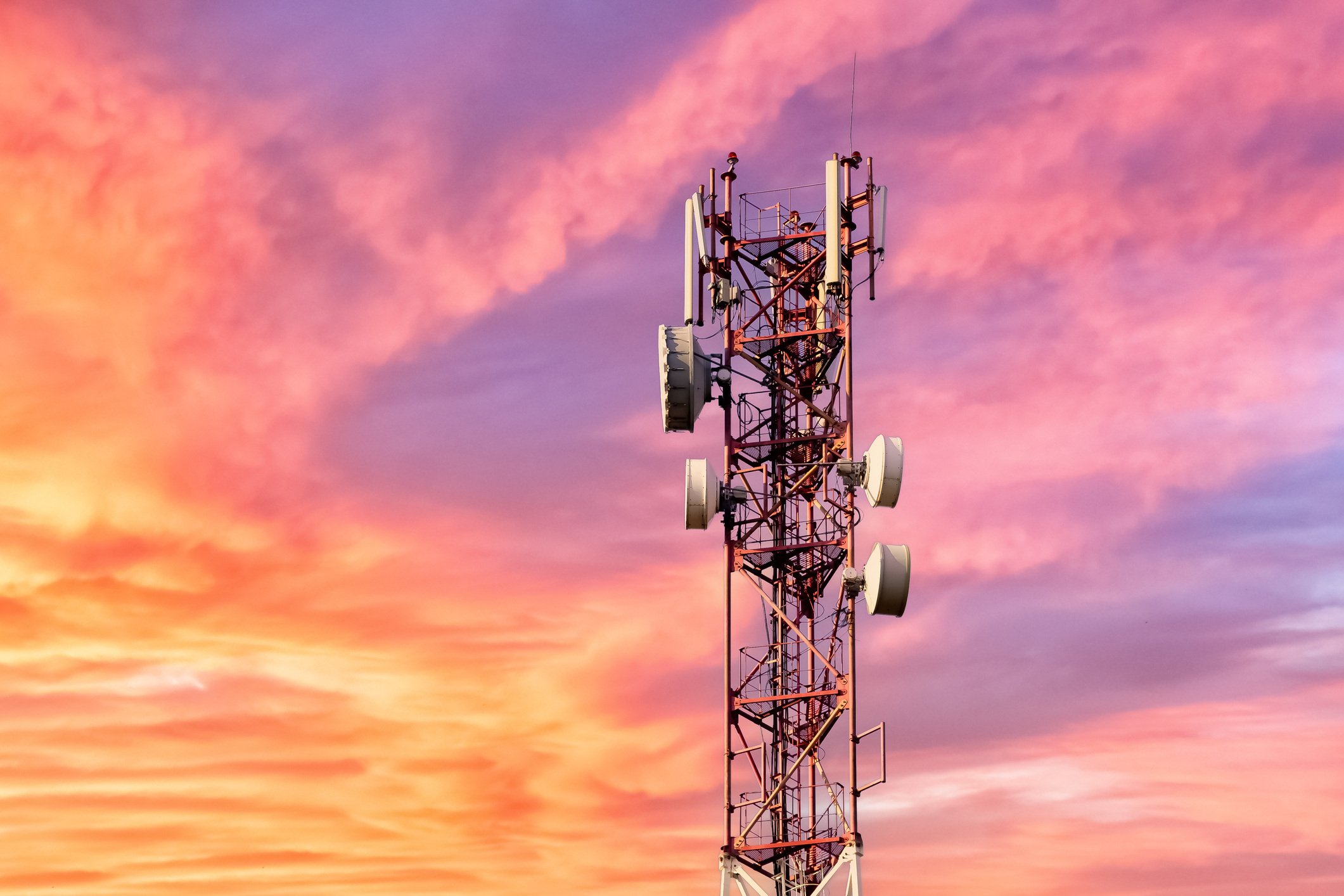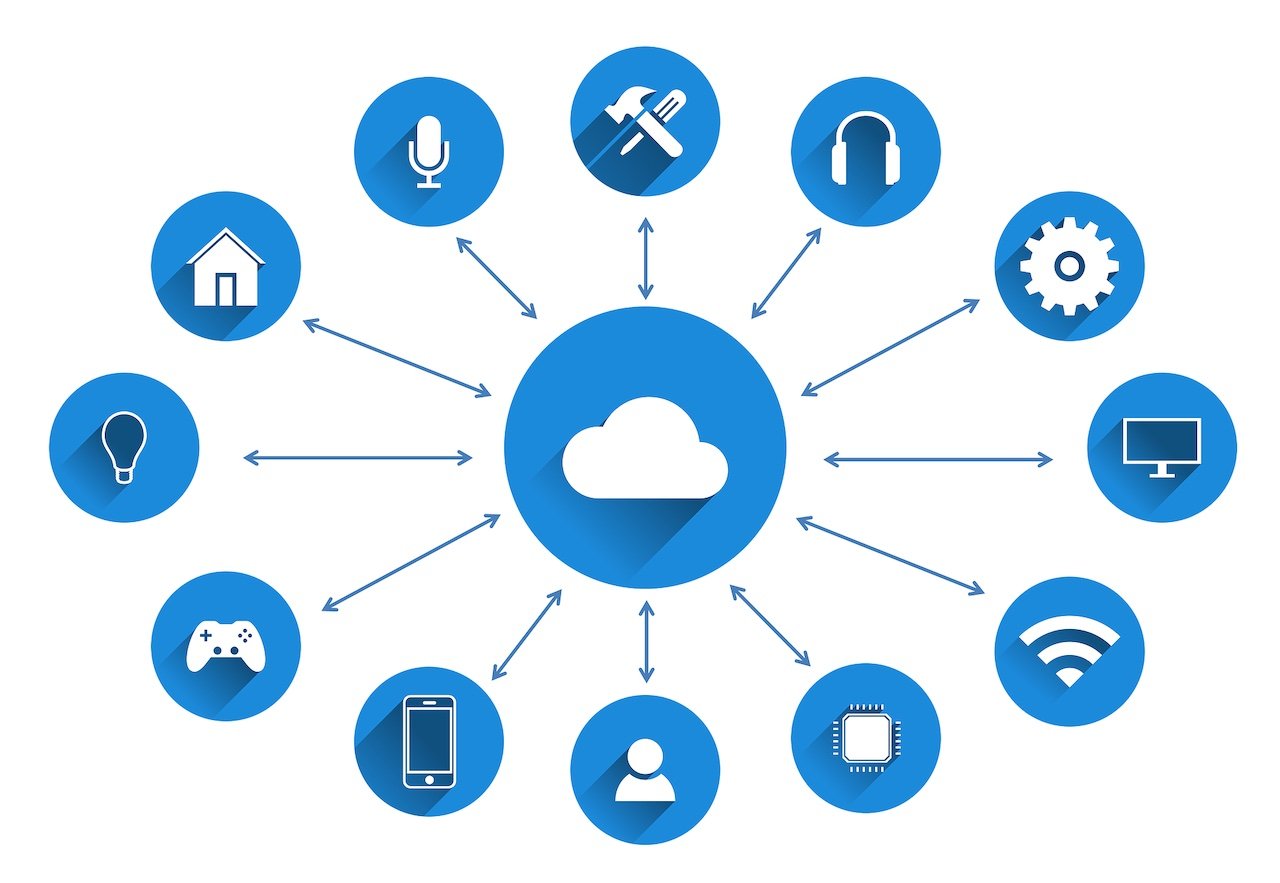
- April 2025 (1)
- March 2025 (2)
- February 2025 (1)
- December 2024 (2)
- November 2024 (2)
- August 2024 (2)
- June 2024 (3)
- May 2024 (3)
- April 2024 (1)
- March 2024 (3)
- February 2024 (2)
- January 2024 (2)
- December 2023 (1)
- November 2023 (2)
- October 2023 (2)
- September 2023 (1)
- August 2023 (1)
- July 2023 (2)
- June 2023 (3)
- May 2023 (2)
- April 2023 (1)
- March 2023 (4)
- February 2023 (1)
- January 2023 (2)
- November 2022 (2)
- October 2022 (1)
- September 2022 (1)
- August 2022 (2)
- July 2022 (2)
- June 2022 (2)
- May 2022 (1)
- April 2022 (3)
- March 2022 (1)
- February 2022 (3)
- January 2022 (2)
- December 2021 (1)
- November 2021 (1)
- October 2021 (2)
- September 2021 (3)
- August 2021 (1)
- July 2021 (4)
- June 2021 (1)
- May 2021 (2)
- April 2021 (2)
- March 2021 (2)
- February 2021 (3)
- January 2021 (3)
- December 2020 (1)
- October 2020 (1)
- August 2020 (1)
- August 2019 (1)
- January 2019 (2)
- September 2018 (5)
- June 2018 (1)
- November 2017 (1)
- September 2017 (1)
- July 2017 (1)
- May 2017 (1)
- January 2017 (1)
- October 2016 (2)
- August 2016 (1)
- July 2016 (1)
- June 2016 (1)
Subscribe by email
In the IoT space, there’s a lot of focus on the components of an IoT ecosystem, including how they work together and the incredible opportunities for leveraging the data and analytics produced. However, one critical piece of this puzzle, IoT protocols and standards, is often overlooked. This piece is essential for communication between the various components of an IoT system to make the system work properly. Here’s what you need to know about IoT protocols and standards, including the available types and why they matter.
What Are IoT Protocols?
Think of them as the language of IoT — IoT protocols enable the different hardware in the system to communicate properly. It may seem there’s a sprinkle of fairy dust keeping an IoT system working effectively, though we know that’s not actually the case. The real magic is produced by IoT protocols, which are an integral part of any IoT ecosystem. The hardware would actually be useless without IoT protocols, as they enable hardware to exchange data, providing value to the end-user. Communication between the components of an IoT system wouldn’t be possible without the right framework, and that’s where IoT protocols come in.
Why IoT Protocols Matter
IoT communication protocols are essential to creating an effective IoT system. They are the glue that holds everything together and keeps communication working properly between the various components in the system. Here are some of the values they provide:
- Allow interoperability — Without IoT standards and protocols, there is no interoperability between the hardware.
- Reduce IoT fragmentation — Fragmentation is inherent due to the nature of IoT, but protocols create the ability to communicate between the hardware in the system.
- Minimize security risks — Enabling devices to connect to each other and the internet can potentially open them to vulnerabilities. Securing the IoT ecosystem and communication is essential.
- Improve ability to troubleshoot issues — When all of the components speak the same language and follow the same protocol(s), it’s easier to troubleshoot issues that arise.
IoT protocols enable this new wave of computing, along with the internet, providing new use cases for devices and solutions beyond those initially intended. For example, many cars today can tell you when they are due for an oil change or other maintenance. They can also contact help in an emergency and perform other value-add tasks to help drivers. Today, your connected car can also communicate with your house. So, when you’re within a certain distance, it can automatically open your garage door and turn on the lights in your house. Interoperability matters, but this is even bigger than simple interoperability.
IoT Data Protocols
There are two types of IoT data protocols: data protocols and network protocols. Data protocols provide communication between hardware without the need for an internet connection. Here are the most common IoT data protocols used today.
- Transmission Control Protocol/Internet Protocol (TCP/IP) — The genesis for all internet-based communications, TCP/IP allows devices to communicate on a network like the internet. It essentially provides the foundation for the internet, and it’s a prevalent protocol used across industries.
- Message Queuing Telemetry Transport (MQTT) — A lightweight data protocol that allows for simple data flow between devices. It’s designed to work on top of a TCP/IP protocol, and it’s basic and lightweight. It’s now the standard for most IoT applications.
- Data Distribution Service (DDS) — A scalable IoT protocol that can be deployed in settings from the cloud to small devices. It’s the first open international middleware IoT standard and is used in some industrial internet of things (IIoT) applications like autonomous vehicles, robotics, and others.
- HyperText Transfer Protocol (HTTP) — Beneficial for moving large amounts of data, HTTP is used by some manufacturing companies, and it’s the foundation of data communication for the world wide web (WWW).
- Constrained Application Protocol (CoAp) — An application layer protocol designed to address the needs of HTTP-based systems. CoAp addresses the heaviness and power consumption of HTTP by translating it for usage in IoT environments with low overhead and easy employment.
- Advanced Message Queuing Protocol (AMQP) — An open standard publish/subscribe protocol used for transactional messages between servers. Its use is fairly limited due to its heaviness, undesirable for sensors with limited memory. However, it’s useful for applications requiring robust communications and guaranteed complete transactions.
- WebSocket — This protocol was developed as part of the HTML5 initiative using a single TCP connection to transmit continuous messages. It’s helpful for simplifying the management of bi-directional communication over the internet and is used in runtime environments and libraries.
- Extensible Messaging and Presence Protocol (XMPP) — An XML-language-based message-oriented middleware communication protocol. It’s good for consumer-oriented IoT deployments due to its scalability.
IoT Network Protocols
IoT network protocols are typically used over the internet to connect devices. Here are some of the most commonly used IoT network protocols that support connectivity in an IoT system. Some of these protocols can stand alone, whereas others do require combined usage to connect to the internet, as noted below. Making the right choice is essential, so it’s important to understand the differences between these IoT technologies.
- Cellular — One of the best-known network protocols thanks to our cell phones, cellular offers a wide range with very high bandwidth. Cellular has evolved to include low power and high power options and to support IoT applications on either side of that spectrum.
- Bluetooth — Bluetooth is a point-to-point communication standard that typically does not communicate directly through the Internet unless it is used through an intermediary like Wi-Fi, LoRaWan, cellular, or others.
- Wi-Fi — For short-range devices that can manage high power needs, Wi-Fi is the predominant protocol in applications like smart homes.
- LoRaWan — This IoT protocol is good for low-power devices requiring a long-range application with around a 1-mile line-of-sight.
- Zigbee — This protocol has a significant user base with use cases desiring a longer range than Bluetooth, lower power consumption, and low data. It’s a packet-based communication typically used in smart home applications.
- Z-Wave — This wireless radio frequency is an alternative to Zigbee and is predominately used for home applications. It requires some form of backhaul, often cellular, to transmit data over the Internet and store data in the cloud.
IoT Protocols and Standards Matter
When you’re building an IoT ecosystem, or adding new devices to one, it’s important to consider the communication vehicle you’ll use. IoT protocols and standards ensure all of the devices on the network communicate properly and assist with maintaining the security of your IoT system.
Want to know more about Zipit’s IoT platform? Contact us to discuss your company's unique needs. We’re happy to provide you with insights that will help you make the decision.
You might also like:
- What are IoT Sensors? Types, Uses, and Examples
- What are IoT Devices? An Introductory Guide (+ Examples)
- IoT SIM Cards – An Introductory Guide
Note: IoT data protocol definitions have been compiled from various research articles from around the web including IEEE.
Related Content
The latest IoT insights and platform updates from Zipit.
IoT devices need flexible network technologies optimized for low-power application...
The network an IoT device selects significantly impacts the strength and reliabili...
Deploying an IoT solution brings significant value to businesses, but it also intr...



